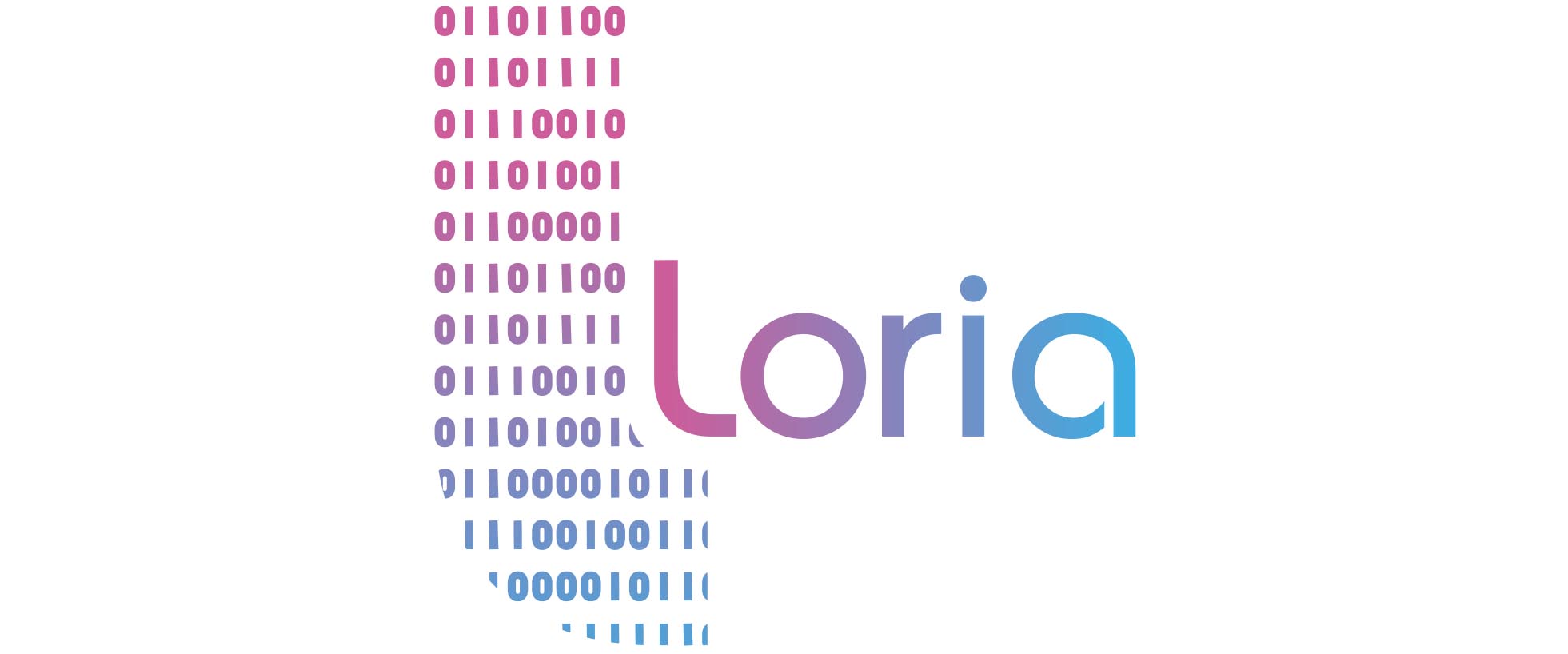Abstract : Motor imagery (MI) modifies the neural activity within the primary sensorimotor areas of the cortex and can be measured through the analysis of elec-troencephalographic (EEG) recordings. It is particularly interesting for Brain-Computer Interface (BCI) applications. In most MI-based BCI experimental paradigms, subjects realize continuous motor imagery (CMI), i.e. a repetitive and prolonged intention of movement, for a few seconds. The system detects the movement based on the event-related desynchronization and the event-related synchronization features in electroencephalographic signal. Currently, improving efficiency such as detecting faster a motor imagery is an important issue in BCI to avoid fatigue and boredom. The purpose of this study is to show the difference, in term of classification, between a discrete motor imagery, i.e. a single short MI, and a CMI. The results of experiments involving 16 healthy subjects show that a BCI based on DMI is as effective as a BCI based on CMI and could be used to allow a faster detection.
You can read it follow the link:
https://hal.inria.fr/hal-01512407
More publications here.



